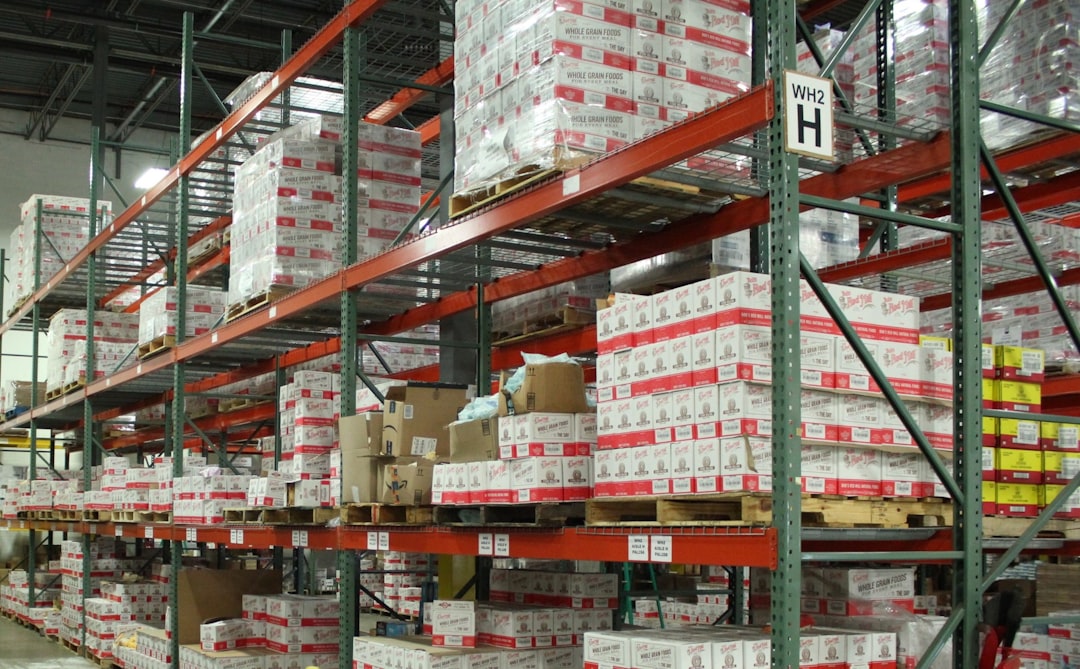Have you ever wondered why you’re not seeing the profits you expected from your Amazon FBA business? You’re sourcing products smartly, managing listings with precision, and putting in the work—yet your margins just don’t match up. One common, yet often overlooked, reason could be the way you’re calculating your inventory costs. Enter the Average Cost Method, a powerful accounting principle that could help you better understand your profitability and put more money back in your pocket.
When it comes to managing inventory and accounting within your Amazon FBA business, the method you use to value your stock could be making a significant impact—either positively or negatively—on your bottom line. Most sellers default to FIFO (First In, First Out) or LIFO (Last In, First Out), but there’s a more consistent and potentially more effective option: the Average Cost Method.
Why Costing Methods Matter
If you’re like many FBA sellers, you purchase similar products multiple times at different prices throughout the year. Maybe you grab a deal on 100 units in January for $5 each, then restock in March for $6 per unit. If you sell an item in April, what’s the real cost of that item? FIFO would assume it’s from the $5 batch, LIFO from the $6 batch—but both can distort your actual profit. This is where the Average Cost Method can offer more accuracy.

What Is the Average Cost Method?
The Average Cost Method, sometimes called the Weighted Average Method, smooths out price fluctuations by using a consistent average cost for all inventory units. It calculates the cost of inventory by dividing the total cost of goods available for sale by the total number of units available. This provides a single, stable cost per unit to apply uniformly to all sold inventory.
Formula:
Total Cost of Inventory / Total Units = Average Cost Per Unit
Let’s say you bought:
- 100 units at $5 = $500
- 200 units at $6 = $1,200
Total cost: $1,700 for 300 units
Average Cost per Unit = $1,700 / 300 = approximately $5.67
From there, every unit sold and every unit remaining in stock is valued at $5.67, regardless of when it was purchased. It creates consistent cost tracking and simplifies your accounting workflow.
Benefits for Amazon FBA Sellers
The Average Cost Method offers several important benefits, especially in the fast-paced world of Amazon FBA:
- Simplified Accounting: There’s no juggling between various purchase prices. You simply apply one cost across the board.
- Stable Profit Calculations: Your cost of goods sold (COGS) won’t fluctuate wildly based on your last purchase batch, giving you more predictable analysis.
- Improved Tax Efficiency: For some sellers, using average cost can lead to better tax planning by smoothing out possible spikes in inventory costs.
Not to mention, financial tools like QuickBooks, Xero, and A2X are much more efficient when working with average costs. Inconsistent costing methods often require more adjustments, wasting time and increasing the chance for errors.
Is It Right for Your Business?
While the Average Cost Method might not work for every business (especially those with highly volatile pricing or perishable inventory), it’s a compelling choice for small to medium-sized Amazon FBA sellers who frequently restock at varying prices. It’s particularly helpful for:
- Private label brands with consistent product lines
- Wholesale resellers with regular reorder cycles
- Retail arbitrage sellers looking to simplify COGS tracking
Getting Started with the Average Cost Method
Switching to the Average Cost Method requires careful planning. Start by:
- Auditing your current inventory and purchase history
- Calculating the average cost for each product SKU
- Updating your accounting software or spreadsheets
- Applying the average cost per unit to both sold and remaining inventory
It’s wise to consult with a CPA or a bookkeeping expert familiar with eCommerce businesses to ensure a smooth transition. Once in place, you’ll find it far easier to manage your finances and make more informed business decisions.
Conclusion
If you feel like your FBA profits are slipping through the cracks, your costing method could be the silent culprit. Adopting the Average Cost Method might just be the secret sauce to stabilizing your numbers and maximizing your margins. In the competitive world of Amazon FBA, having more clarity on your costs isn’t just helpful—it’s essential.
Don’t wait for another quarter of insight-lacking reports. Dive into your numbers, implement the Average Cost Method, and take control of your profitability today!